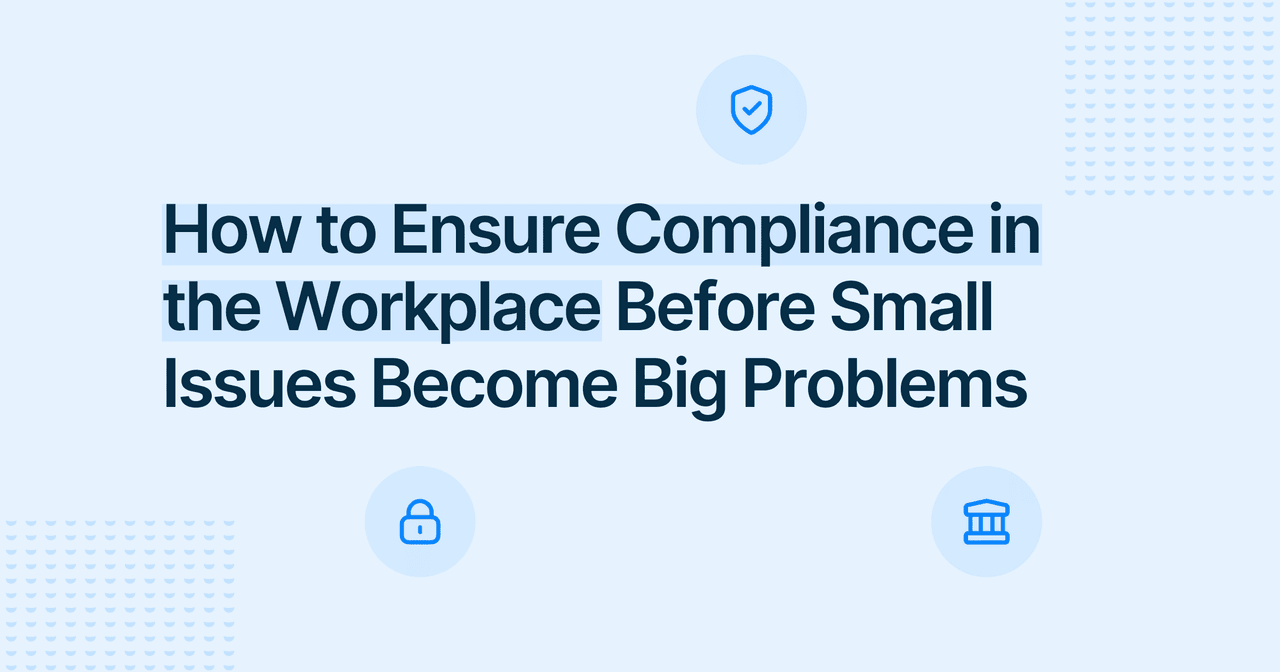



Discover the benefits of a transparent organization!
Try our free platform and strengthen the culture of openness in your team.
Workplace Environment

Yeva Bartkiv
Copywriter
Published
2025-04-24
Reading time
9 min


Table of contents
Subscribe to our newsletter
In today’s fast-changing work environment, the employee engagement survey has become an indispensable tool for organizations seeking to measure, analyze, and enhance their employee experience. HR professionals, organizational development specialists, and business leaders know that engaged employees are essential for high performance, strong company culture, and profitability. Yet, despite the popularity of these surveys, many organizations are still asking: “How much do employee engagement surveys cost?” and “Are they worth the investment?”

This comprehensive guide examines the pros and cons of employee engagement survey tools, offers a detailed pricing comparison of top survey vendors, and provides actionable recommendations for maximizing your return on investment.
The foundation of any effective engagement strategy is listening to employees. The employee engagement survey enables organizations to systematically gather employee feedback on workplace culture, job satisfaction, leadership, and more. When executed well, these surveys offer actionable insights that inform initiatives to improve engagement levels, employee retention, and overall performance management.

Effective survey questions cover all dimensions of the employee experience, including:
A well-crafted questionnaire typically balances quantitative metrics (such as Likert scales) with open-ended questions to capture nuanced feedback.

Survey pricing varies widely depending on functionality, customization, number of employees, and whether you choose an in-house or vendor-led approach. When exploring options for employee engagement surveys, organizations will find a broad spectrum of offerings – each with distinct pricing structures, feature sets, and target audiences.
Some providers focus on larger organizations, with annual costs typically ranging from $30 to $60 per employee and a minimum threshold of around 100 employees. These solutions often include proprietary engagement methodologies, extensive global benchmarking, and deep analytics, making them particularly attractive to companies looking for expert-driven insights and robust industry comparisons.
Other employee feedback platforms are well-suited for both small and mid-sized businesses, offering annual packages that start at $3,300 and can exceed $20,000, depending on company size and feature requirements. These options frequently stand out for their intuitive dashboards, customizable survey experiences, seamless HR system integrations, and a strong emphasis on frequent pulse surveys and benchmarking.
For organizations seeking a more flexible and budget-friendly approach, some survey providers offer entry-level packages starting at approximately $1,200 and scaling to over $10,000 per year. These solutions are designed with ease of use in mind, featuring ready-made survey templates, real-time reporting capabilities, and the ability to launch quick pulse surveys. They are especially popular among teams with 50 to 1,000 employees who need an affordable yet effective way to gather feedback.
At the higher end of the market, certain platforms are tailored for large enterprises and command annual fees in the $5,000 to $50,000 or more range. These providers are distinguished by their advanced analytics, comprehensive survey design tools, and the capacity for detailed pulse checks across organizations with workforces from 100 up to 10,000 or more. Their robust data analysis tools support informed strategic decision-making.
Finally, there are advanced solutions that operate on a custom-quote basis, with typical annual costs ranging from $15,000 to $70,000 or more, often catering to organizations with 100 to 5,000 employees.
These platforms emphasize sophisticated engagement analytics, real-time dashboard reporting, and AI-driven recommendations, positioning them as a top choice for organizations that require a highly strategic and technologically advanced approach to measuring and improving engagement.
All pricing figures are estimates – exact pricing depends on required functionality, number of employees, and contract terms.
FaceUp stands out in today’s market by offering a robust, secure, and cost-effective solution that meets the needs of organizations of all sizes. Here’s why:
FaceUp offers survey pricing starting at a package of wide-ranging functionalities at just $99 per employee, making it accessible for small, medium, and large businesses alike. There are no hidden fees, and plans scale with your organization’s growth.
Beyond standard employee engagement survey tools, FaceUp provides:
With FaceUp, organizations receive clear, actionable recommendations based on survey results. The platform is easy to implement and provides instant insights to inform action plans and drive engagement initiatives.
The intuitive online survey platform ensures high response rates, whether you’re running annual engagement surveys or frequent pulse checks. Employees trust the anonymity, leading to more honest feedback and reliable data.
FaceUp customers report improved engagement levels, lower absenteeism, higher job satisfaction, and a stronger company culture within months of implementation. The platform’s affordability ensures an excellent return on investment – especially for organizations facing budget constraints.
As organizations face growing pressure to enhance the employee experience, boost engagement, and drive performance, the importance of effective employee engagement surveys cannot be overstated. When considering the pros and cons of employee engagement surveys, leaders must balance the need for meaningful employee feedback with the realities of survey cost and functionality.
While premium solutions deliver extensive analytics, their pricing often exceeds the budget of small to mid-sized organizations. Some platforms offer flexibility and basic benchmarking but may lack the security and depth required for comprehensive engagement initiatives.
FaceUp emerges as the best solution for 2025 – delivering affordable, secure, and actionable employee engagement survey tools that drive real impact.
By investing in FaceUp, organizations can measure employee engagement, benchmark results, and transform honest feedback into effective action plans – boosting retention, satisfaction, and profitability.
If you’re ready to take your engagement strategy to the next level and maximize your survey ROI, it’s time to discover what FaceUp can do for your organization.
Want more details or a personalized pricing quote for your number of employees? Contact FaceUp today to start your journey toward higher engagement and a healthier company culture.




Try our free platform and strengthen the culture of openness in your team.
Keep Reading

Alaa El-Shaarawi2025-12-087 min
Workplace Environment

Alaa El-Shaarawi2025-12-058 min
Legal & Compliance

Alaa El-Shaarawi2025-12-048 min
Legal & Compliance

Alaa El-Shaarawi2025-12-037 min
Legal & Compliance